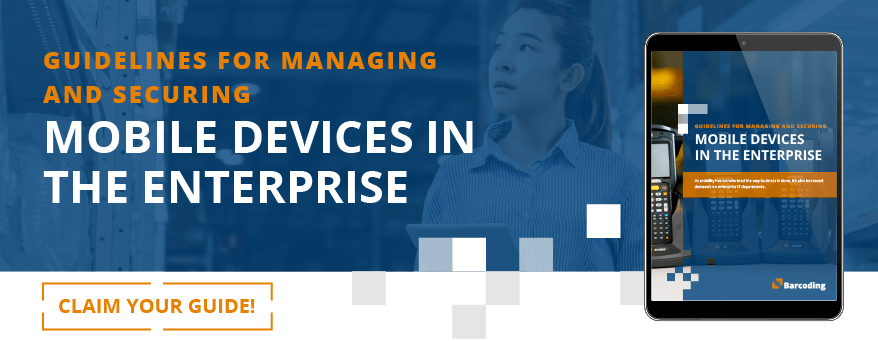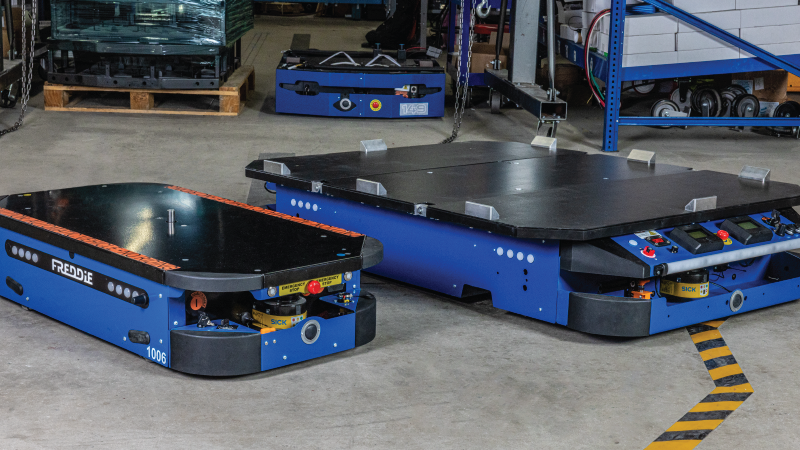According to McKinsey, cloud adoption has the potential to help enterprises tap into up to $1 trillion in business value, as it enables deeper and broader visibility, analytics, and insights to power innovations.
More than 90% of organizations are using cloud platforms for at least some of their workload, and almost half of all businesses store their most important data in the cloud.
In 2020 alone, 61% of businesses migrated their work to the cloud—and at this point, about two-thirds of enterprise infrastructure is cloud-based.
For the most part, businesses that haven’t migrated are planning to, and for good reason.
Done right, migrating business processes and workflows from on-premises to cloud computing has proven business benefits, including:
- Global, round-the-clock access on any device
- Better data security and compliance
- Elasticity and scalability
- Plug-and-play agility
- Virtually no downtime
- Streamlined and simplified IT
- Cost reductions
- Operational visibility and transparency
- Better customer experience
Taking your enterprise computing to the cloud introduces new opportunities for continuous improvements targeting workflows, processes, data standardization, and analytics to advance efficiencies and more and better use of enterprise data. That can lead to faster, deeper insights—and potentially groundbreaking innovations, especially with these advantages applied at scale.
Pitfalls to Avoid in Your Cloud Migration Process
But before your business can fully unlock the potential of the cloud, you first have to navigate the process of migration from on-premises computing and avoid the gauntlet of traps and pitfalls that can deplete budgets, wreak havoc on timelines, put data at risk, and strain operations.
On average, businesses spend 14% more than planned each year on their migrations from on-prem to the cloud, and more than a third of companies experience migration delays lasting longer than a quarter. That’s a lot of wasted time and money in a process intended to achieve the opposite outcomes.
In fact, unforeseen obstacles, cost overruns, and delays have led some businesses to trim the scope of their migration plans and find ways out of using certain applications just to avoid dealing with migrating them. And those aren’t necessarily absolute worst-case scenarios. Without proper planning and expert guidance in the execution, missteps can lead to consequences like compatibility issues with certain browser clients, data problems, or even a devastating system-wide outage.
At the same time, the risks simply aren’t an excuse for avoiding your migration to the cloud. And fortunately for those who have yet to make the move, best practices and strategies have emerged to ensure a smoother transition from on-prem to your new cloud-based infrastructure. It all starts with close collaboration between the enterprise and a trusted technology-integrator partner.
Lessons from Winners in the Race to the Cloud
Organizations that enjoy trouble-free cloud migration experiences can point to cloud migration strategies and specific steps that support a successful move:
1. Start With a Holistic Commitment to the Cloud as Your New Enterprise Home
This means that your team understands the transition to the cloud isn’t a re-creation of your on-prem experience, simply lifted and shifted. That means not only your IT team, but the whole organization.
Start with full-throated CEO support and visible involvement, and be prepared to invest in the change management, communication, and training it will take to align the enterprise and ensure awareness of what to expect, when to expect it, and how to respond at each step along the way.
2. Ensure that Skill Sets You Need Are on the Team
Cloud skill gaps are significant, with most companies meeting only about 35% of their cloud needs with in-house talent today, and hoping to meet half their needs by 2024. But businesses can’t (and shouldn’t) wait around for a complete, mature, cloud-skilled team to start making the move. Successful migrations today rely on experienced systems-integrator partners.
3. Develop an End-to-End Strategy that Includes a Start-to-Finish Road Map
The migration itself may take place over as little as a few hours to as long as a full weekend, but the success of that final step relies heavily on the quality and depth of advance planning and attention to detail. That begins with a survey of all the features of your on-premises solutions, mapped for the cloud. Remember, your new cloud environment doesn’t have to look or feel the same; it needs to deliver the functionality, and your migration presents fresh improvement opportunities.
4. Tap an Experienced Systems-Integrator Partner to Proactively and Comprehensively Address Data Issues
In many cases, companies’ various on-prem solutions were brought on board independently over years. As a result, they store data in different formats, which can create chaos unless properly managed throughout the migration. Enterprise data analysis is essential for identifying and addressing inconsistencies, and standardizing data from various legacy, on-prem sources, so it’s ready for the cloud.
Barcoding’s experience migrating customers to our cloud-based IntelliTrack® enterprise inventory and asset management platform led us to develop built-in data analysis tools to identify problematic data, so it can be corrected and addressed before the migration takes place.
5. Assign an In-House Project Manager
The more complex your enterprise, the more planning matters. Just as the cloud will be a single, centralized source of data and operational truth, it makes sense to tap an internal project manager to serve as point-person between your enterprise and systems-integration experts. Opting not to assign accountability for to-do lists, resources, timelines, downtime scheduling, and planning is opting to roll the dice.
The PM becomes responsible for assigning and shepherding tasks internally, and should be prepared for daily team standups with your integrator partner—regular check-ins to keep the ball rolling and address small issues before they become major obstacles.
6. Choose Cloud-Based Solutions with Open, Secure APIs
A modern solution with built-in integrations based on open, secure APIs will enable more users across your organization to make more effective use of enterprise data without having to recreate and build your own from scratch.
7. Use the Sandbox, Then Leave the Sandbox
Designate dedicated staff members to preview data and play in the sandbox as a quality assurance measure before the migration happens—and make sure they jump in and get started when the sandbox is ready.
Be equally committed to shutting down the sandbox when the time comes, and pulling the plug on data-center budgets for a timely migration. It’s always tempting to stay in the sandbox, but if you’ve done your homework and collaborated closely with a trusted SI partner, your team should be ready to migrate from sandbox to cloud on schedule.
Questions for Your Systems-Integrator Partner
When your organization recognizes that it’s time, expert guidance can make the difference between a successful, timely, cost-effective migration and…well, its opposite. So how do you know you’ve found the right partner?
You do your homework. Dig into their history, read their reviews, and ask the right questions.
Look for an integrator with experience in your industry, to ensure they understand your data security and compliance needs. Find out about their penetration testing practices. Request the reports. Ask them how they’ve handled security, and what they’re doing to ensure compliance—and don’t be shy about asking for documentation to back up their claims.
Security and compliance can be challenging in a complex enterprise environment, and mobility is an essential aspect of any enterprise’s future state. Get a deeper understanding of what’s needed for an enterprise mobile device management plan to help protect and secure your data, devices, and networks. Just click here or below to get the free download.







